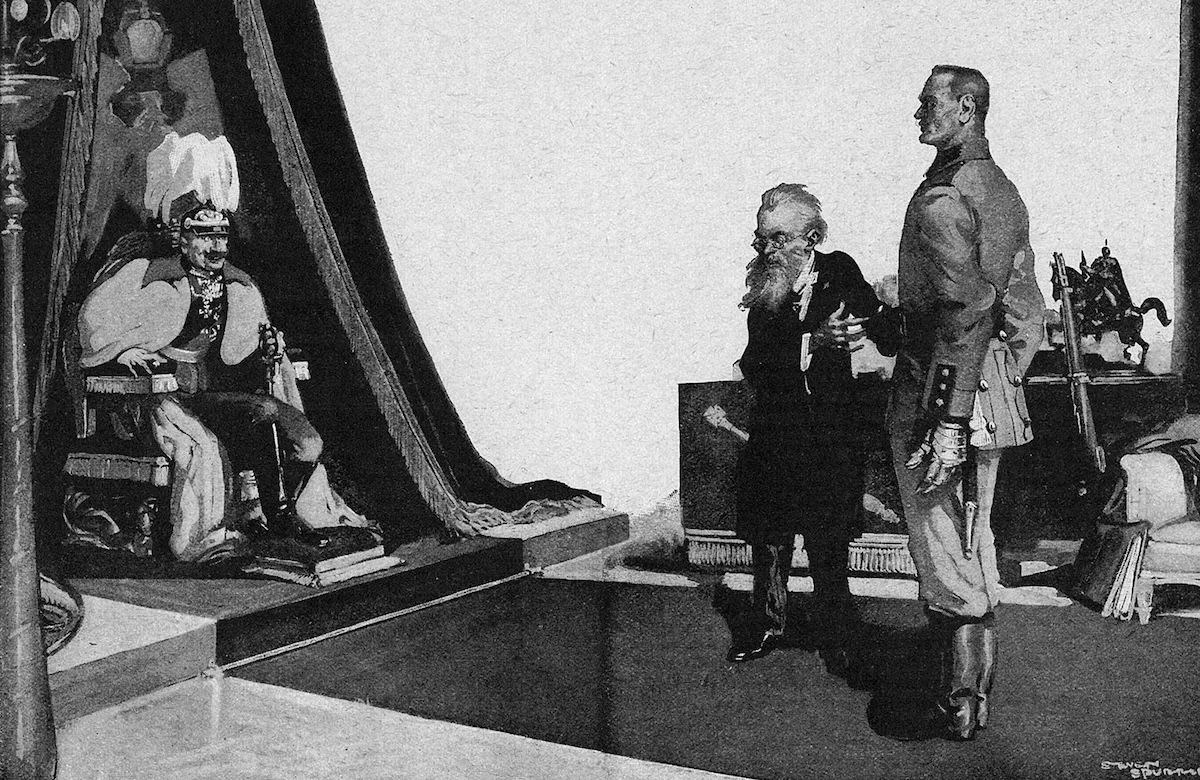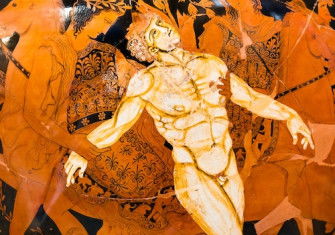The Cyborg Soldier of the First World War
A creature, part human, part machine – literature’s first true cyborg – was born of a desire to end the tragedy and waste of the Great War.

Created from the bodies of war-wounded soldiers for an unnamed emperor, the first modern cyborg, Soldier 241, appears in a one-act play, Blood and Iron, published in the Strand Magazine in October 1917. Like the invention of the robot three years later in 1920, the cyborg was a product of modern warfare. It was also a rare anti-war statement, challenging British law as, to prevent war from continuing, Soldier 241 kills his commanding officer at the end. This remarkable work has been available to casual browsers through back issues of the Strand for nearly a century, and it is listed on at least two collectors’ websites and John Clute’s online SF Encyclopaedia. Coincidentally, this issue of the Strand is available for open access viewing on a website of digitised newspapers and magazines, which also contains the first publication of works by Joseph Conrad (conradfirst.net), yet it has never been properly studied before.







